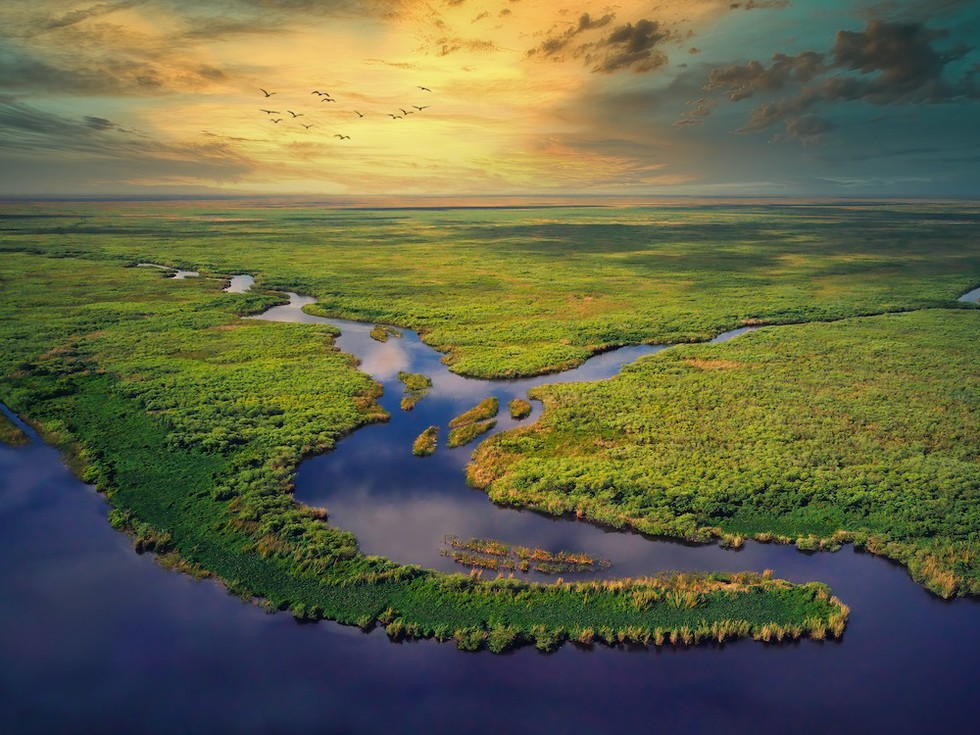Dangerous Animals in Southwest Florida
Southwest Florida is renowned for its beautiful beaches, subtropical climate, and diverse wildlife. While it is generally safe for residents and tourists alike, the region is home to several potentially dangerous animals. Understanding these creatures and knowing how to coexist with them is essential for anyone living in or visiting the area.
Are Animals Dangerous in Cape Coral?
If you’re in Cape Coral, there’s no need to panic. Most wildlife poses little threat if left undisturbed. However, as this region is part of the subtropics, encounters with animals such as water snakes, iguanas, or alligators can occur. The key is to respect their space. Alligators and other reptiles generally fear humans and will avoid contact unless provoked.
For residents with enclosed properties, like many homes in Cape Coral, the risk is further minimized. Proper fencing and awareness are typically sufficient to prevent any dangerous encounters.

Alligators: Majestic Reptiles of the Wetlands
Alligators are among the most iconic animals in Southwest Florida. They inhabit freshwater environments such as lakes, rivers, swamps, and marshes. While they are generally shy, alligators can become aggressive if threatened or fed by humans.
Key Facts About Alligators:
- Size and Appearance: Alligators can grow up to 15 feet (4.5 meters) long. They have strong tails, armored bodies, and sharp teeth. Their natural coloring—brown, gray, and black—helps them blend into their surroundings.
- Behavior: They are semiaquatic and are excellent swimmers. On land, they can move quickly over short distances. Their keen eyesight and hearing make them formidable predators.
- Diet: Alligators are opportunistic feeders, preying on fish, frogs, turtles, birds, and occasionally small mammals.
- Ecosystem Role: Alligators help maintain ecological balance by controlling populations of other animals. Their nests and ponds provide habitats for birds, turtles, and other species.
When observing alligators, maintain a safe distance and never attempt to feed them.
Sharks: The Majestic Predators of the Gulf Coast
The waters off Southwest Florida host a variety of shark species, including bull sharks, lemon sharks, blacktip reef sharks, hammerheads, and occasionally great whites. While shark attacks are rare, staying in designated swimming areas and following lifeguard guidance reduces any risk.
Why Sharks Matter:
- Ecological Importance: Sharks are apex predators, maintaining the balance of marine ecosystems by regulating fish populations. This ensures the health of coral reefs and other marine life.
- Tourism Impact: Shark encounters attract tourists for snorkeling and observation tours. These activities increase awareness of shark conservation and their crucial role in marine ecosystems.
- Conservation Efforts: Local organizations and researchers monitor shark populations, track migration patterns, and promote sustainable fishing practices to protect these incredible animals.
Venomous Snakes in Southwest Florida
Southwest Florida is home to both venomous and non-venomous snakes. The most notable venomous species include:
- Eastern Diamondback Rattlesnake: North America’s largest venomous snake, with distinctive diamond patterns. Found in pine forests and scrublands.
- Water Moccasin (Cottonmouth): Often inhabiting wetlands, rivers, and swamps. Recognizable by its dark coloration and wide head.
Non-venomous snakes such as corn snakes, black racers, and Florida rat snakes are common and pose no significant threat. Awareness and avoidance are key for safety in snake habitats.
Fire Ants: Small but Dangerous
Fire ants are widespread in Florida and can inflict painful stings. Allergic reactions are possible for some individuals, making it important to recognize and avoid their mounds. Protective footwear and caution in grassy areas can reduce the risk of bites.
Spiders in Southwest Florida
While most spiders are harmless, two species deserve attention:
- Black Widow: Known for its shiny black body and red hourglass marking. Prefers dark, undisturbed areas like sheds or garages.
- Brown Recluse: Often hidden in corners and storage spaces. Its bite can cause serious skin reactions, though incidents are rare.
Spiders play an important ecological role, controlling insect populations and serving as food for birds and lizards. Careful inspection of dark spaces and cautious handling of materials in storage areas can prevent bites.
Safety Tips for Southwest Florida Wildlife
- Observe from a Distance: Whether it’s an alligator, snake, or spider, give wildlife plenty of space.
- Avoid Feeding Wildlife: Feeding animals can make them aggressive and disrupt natural behaviors.
- Stay Informed: Learn about local species and habitats before venturing into nature.
- Use Protective Measures: Wear appropriate clothing, boots, and gloves when hiking or gardening.
- Seek Expert Guidance: Local authorities and wildlife experts can provide safety tips and emergency assistance.
Southwest Florida offers an unparalleled mix of natural beauty and wildlife diversity. While some creatures can be dangerous, understanding their behavior and respecting their habitats ensures both safety and enjoyment. By following simple precautions, residents and visitors can appreciate the unique ecosystems of Cape Coral and surrounding areas without unnecessary risk.
